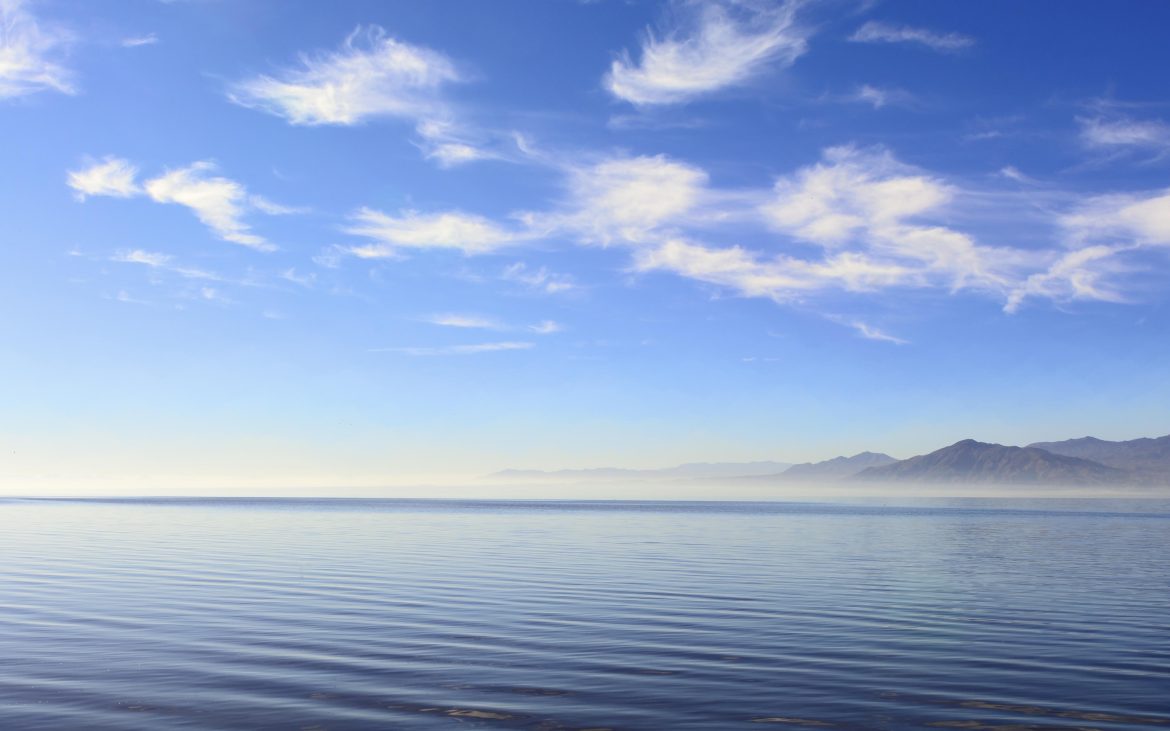In its first 10 years of life beginning in 1905 this community on the southeast shores of the Salton Sea went by the names Imperial Junction, Old Beach and Hobgood. Finally, the Imperial Farm Lands Association, impressed by the potential fertility of the desert when it was watered, named the place Niland after the legendary Nile lands of Africa. For awhile Niland lived up to its grandiose moniker and was known as the “Tomato Capital of the World.” The tomato fields are gone now but the Annual Sportsman and Tomato Festival that has been held since 1940 still takes place in late January/early February every year with a parade, pancake breakfast, carnival and tomato packing contest.
Planning a visit? Stay at Fountain of Youth Spa RV Resort.
Outdoor enthusiasts still flock to the Salton Sea to fish for tilapia, hike in the slot walls of Box Canyon, observe shore birds and, especially, float. California’s largest lake, which has a greater salinity than the Pacific Ocean, is buoyant enough to support any craft. The Sea and Desert Interpretive Association stages a Secrets of Spring Festival at the Salton Sea State Recreation Area each March.
To the east of Niland lie the Chocolate Mountains, where General George Patton trained his Third Army for World War II. The military maintains the Chocolate Mountain Aeriel Gunnery Range, which is routinely strafed by live practice attacks. The area attracts a breed of metal collectors known as “scrappers.” Leonard Knight used another type of scrap to build a three-story religious folk art mountain out of old junk encased in clay and cement over two decades. Knight’s project ended with his death in 2014, but the sculpture, brightly painted with thousands of gallons of paint, remains a popular local landmark just outside Niland.
